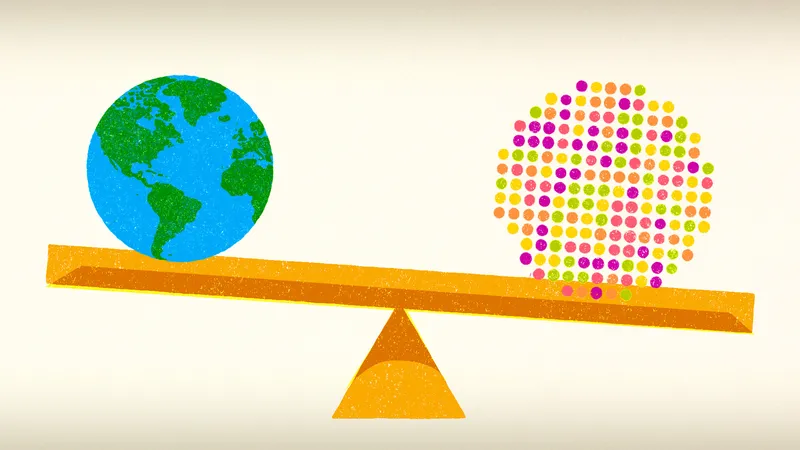Decline of Population Growth Rate in India after 1981: A comprehensive explanation
The decline in India’s population growth rate after 1981 is a complex phenomenon with multiple contributing factors. While the rate is still significant, the downward trend marks a shift from the high growth decades that preceded it. Here’s a breakdown of the key reasons:
1. National Family Planning Program (NFPP):
- Established in 1959, the NFPP aimed to curb population growth through family planning methods like vasectomy, tubectomy, and contraceptive use.
- The program gained momentum in the 1970s with increased government commitment and public awareness campaigns.
- This led to a decrease in Total Fertility Rate (TFR), the average number of children a woman bears in her lifetime. TFR fell from 6.4 in 1971 to 5.1 in 1981 and further to 2.2 in 2021.
2. Socioeconomic Changes:
- Improved Female Education: Rising female literacy and educational attainment led to increased career opportunities and delayed marriage, resulting in fewer children.
- Urbanization: Migration to cities exposed couples to modern lifestyles and smaller family norms, influencing fertility choices.
- Improved Healthcare: Advancements in healthcare led to a decline in infant mortality and overall death rates, which contributed to the slowing population growth.
3. Cultural and Demographic Shifts:
- Rising Awareness of Smaller Family Benefits: Recognition of the benefits of smaller families in terms of improved quality of life, access to resources, and educational opportunities for children.
- Shifting Gender Roles: Changing societal perceptions of women’s roles and greater participation in the workforce further contributed to lower fertility rates.
- Regional Variations: While the decline is observed across states, the pace varies significantly. Southern states like Kerala and Tamil Nadu have achieved lower TFR compared to states like Bihar and Uttar Pradesh.

4. Challenges and Continued Efforts:
- Despite the decline, India’s population remains high and continues to grow. Reaching population stabilization remains a long-term goal.
- Unequal access to family planning resources and persistent gender inequalities still exist, particularly in rural areas.
- Continuous efforts are needed to address these challenges, educate young couples, and promote healthy family planning practices.
Please note: It’s important to acknowledge that the reasons listed above are interconnected and their relative impact in specific regions may vary. Additionally, some argue that factors like economic development and changing social attitudes also play significant roles.
I hope this comprehensive explanation clarifies the reasons behind the decline in India’s population growth rate after 1981. If you have any further questions or want to delve deeper into specific aspects, feel free to ask!

